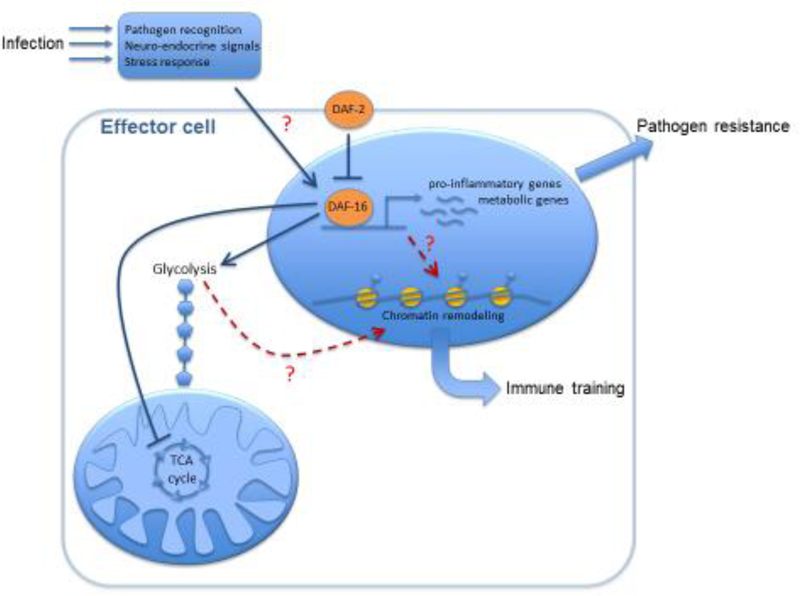Figure 3. Putative insulin signaling-mediated immunometabolic crosstalk in C. elegans.
A complex organismal response to infection involves processes such as pathogen recognition, neuro-endocrine signaling, and general stress responses. Such processes trigger signaling cascades that converge to activate DAF-16/FoxO in effector cells (e.g. intestinal cells and neurons), although the exact mechanisms are unknown. The activation of DAF-16 might result from inhibition of the receptor DAF-2 or to a varying extent, could be mediated by factors acting in parallel to DAF-2 (not depicted). DAF-16 activation can trigger the transcription of pro-inflammatory and metabolic genes (e.g., genes boosting aerobic glycolysis and suppressing the TCA cycle) that promote pathogen resistance. The metabolic alterations induced by DAF-16 can also lead, via yet unknown mechanisms, to chromatin remodeling that may underlie trained immunity. Therefore, the insulin cascade may be involved in both the immediate response to pathogens and in the acquisition of immune memory.

